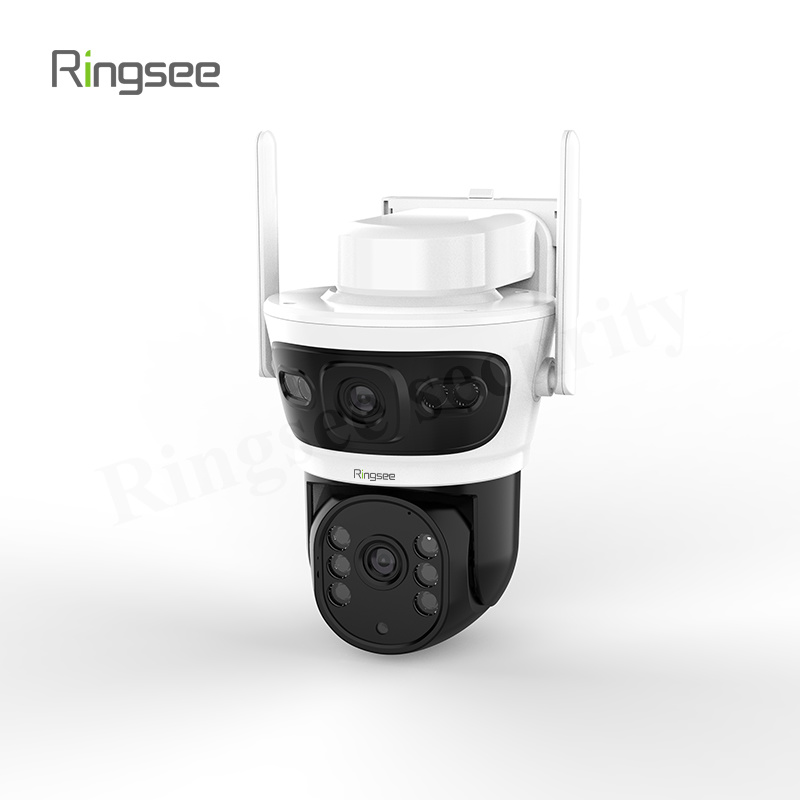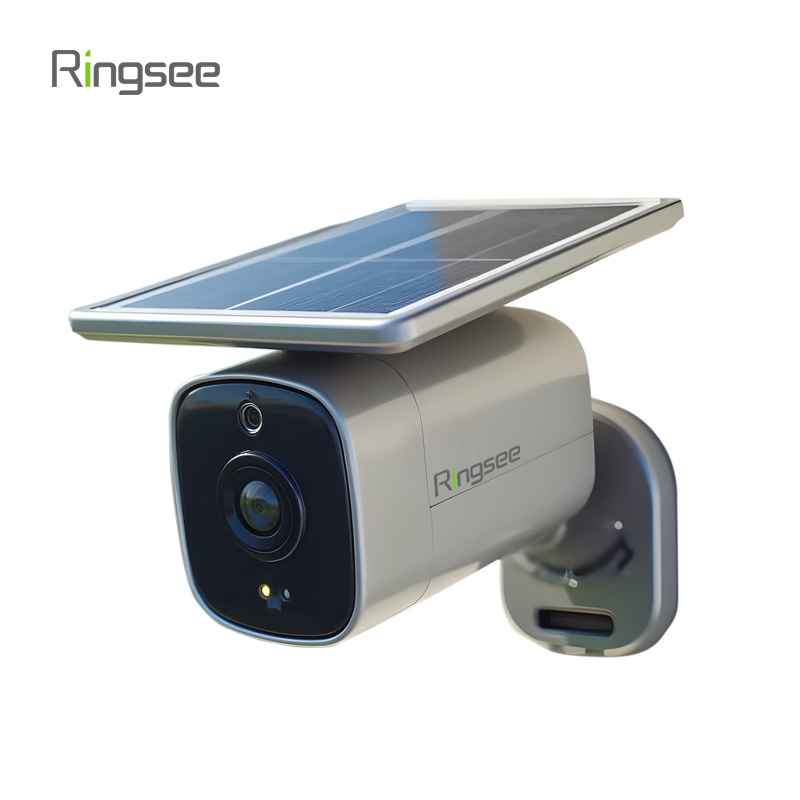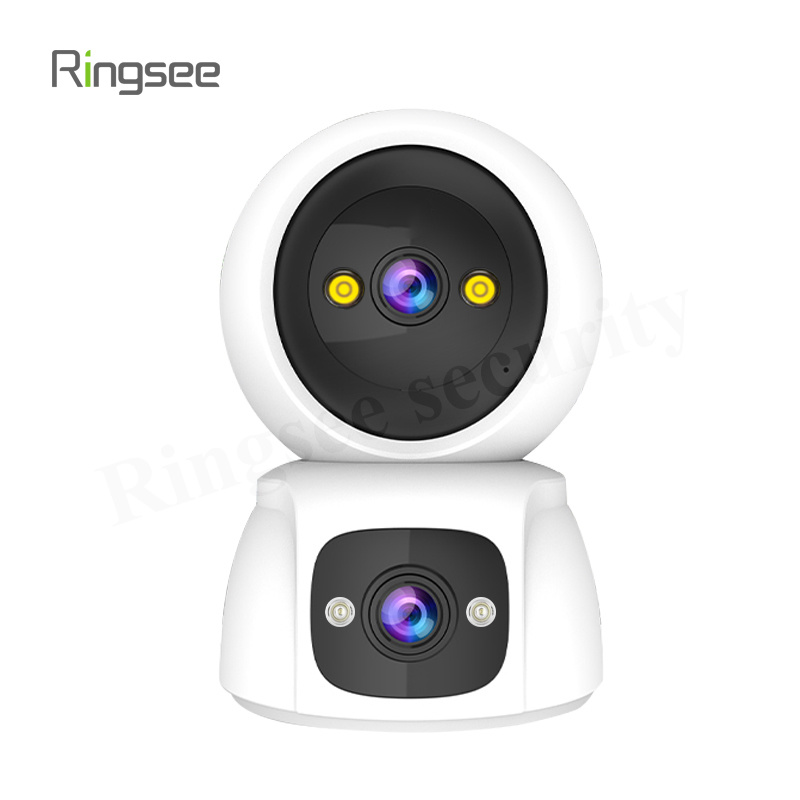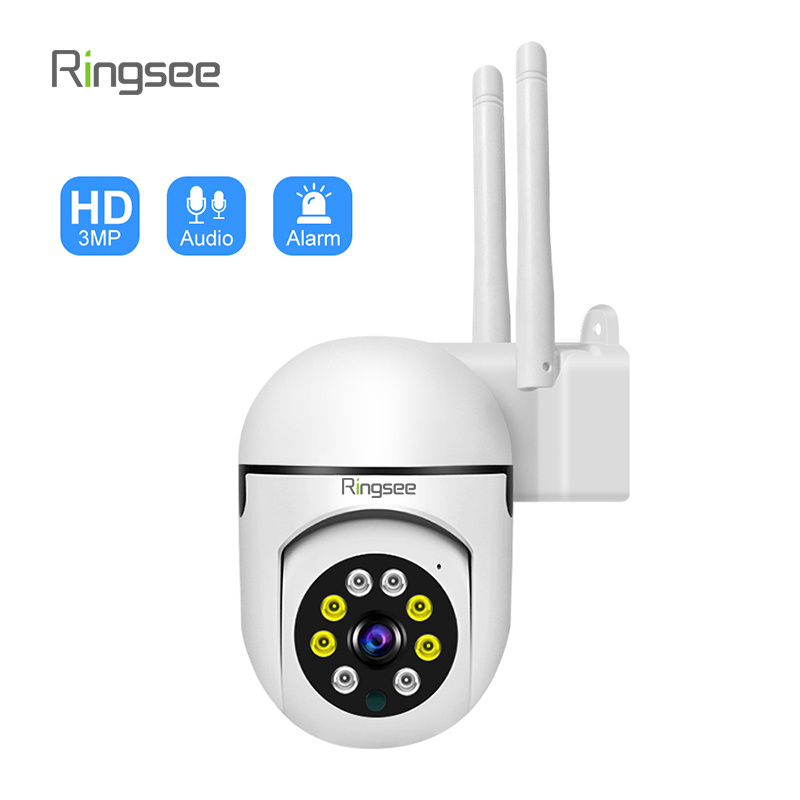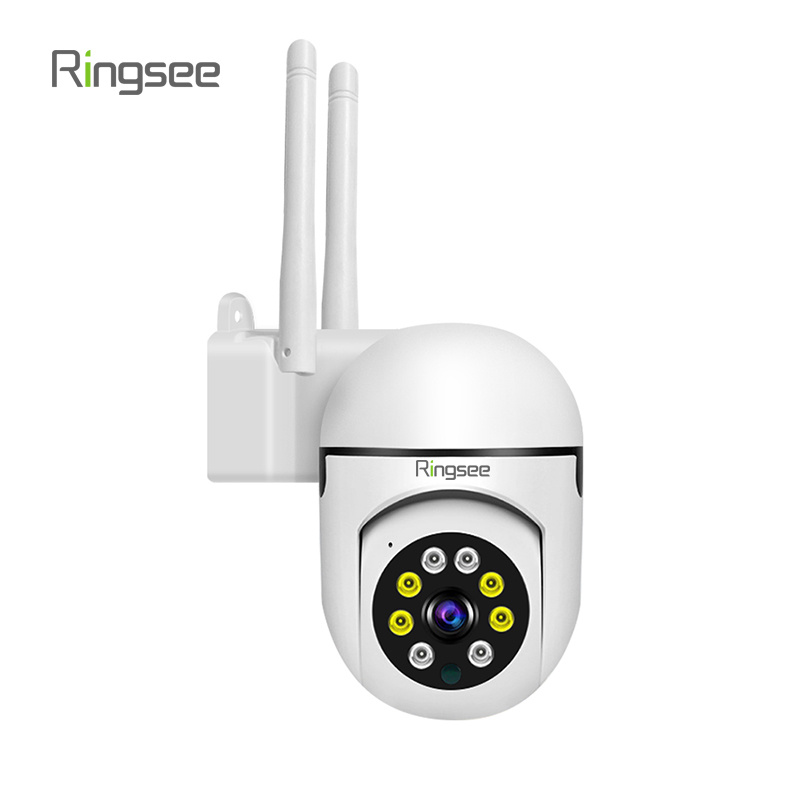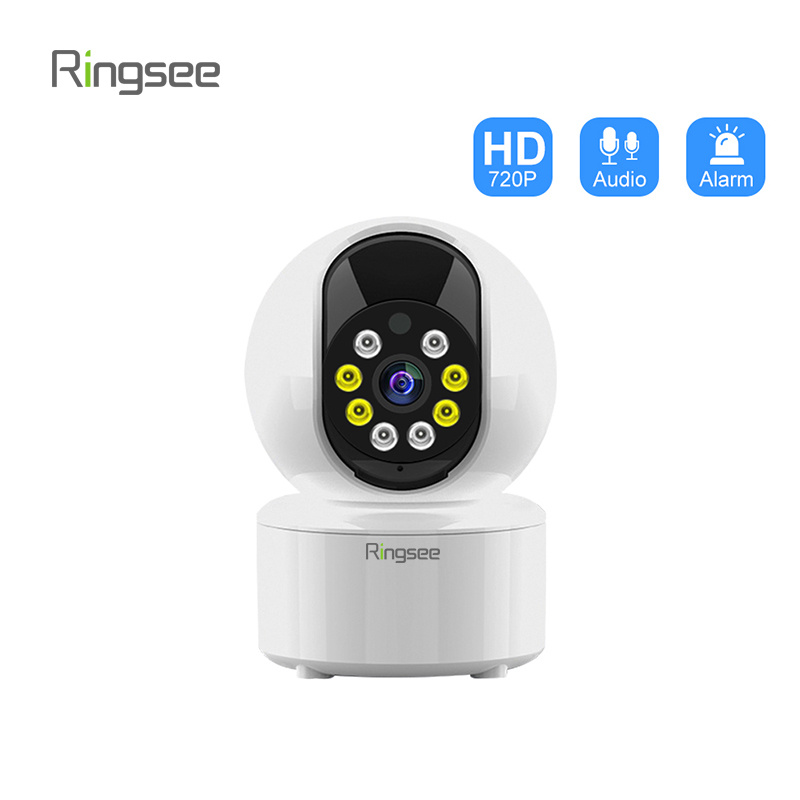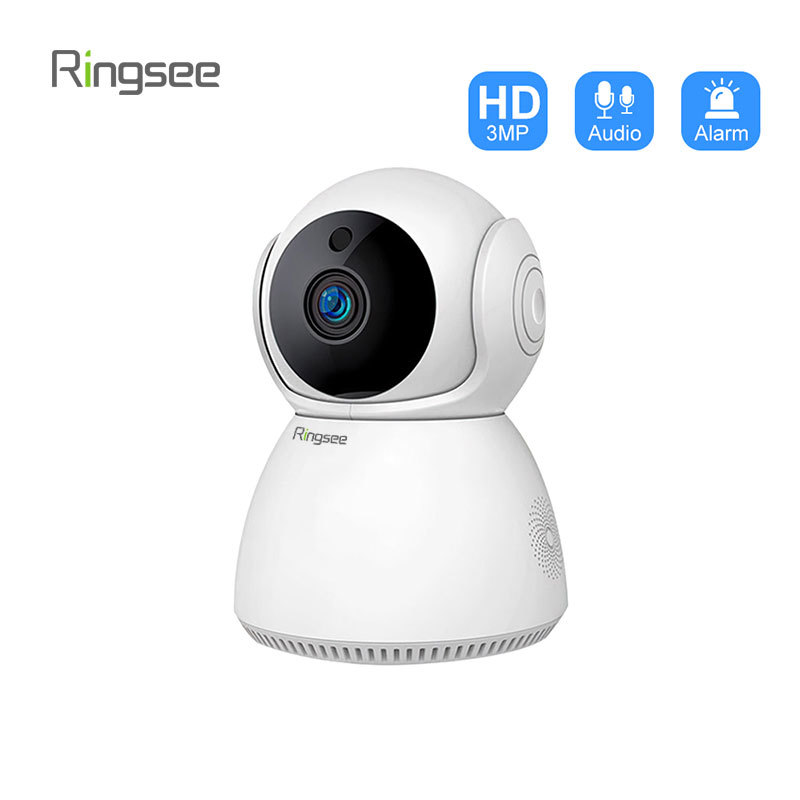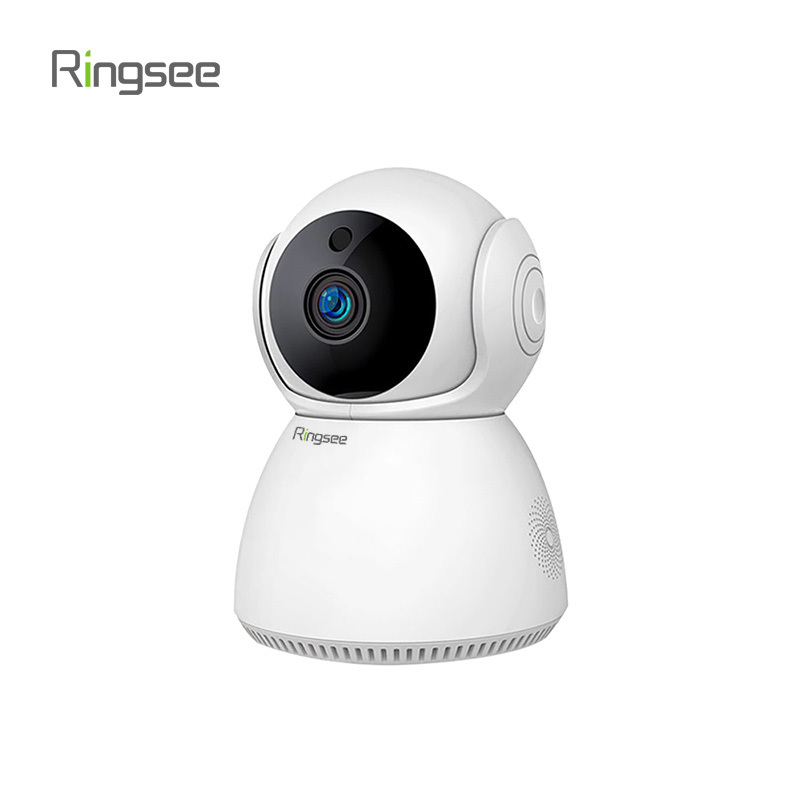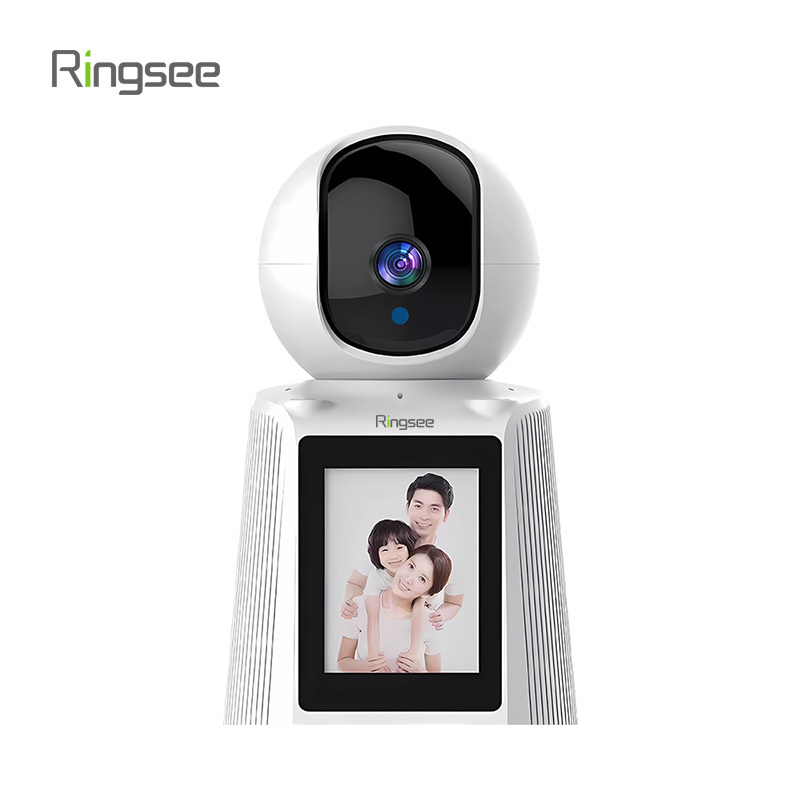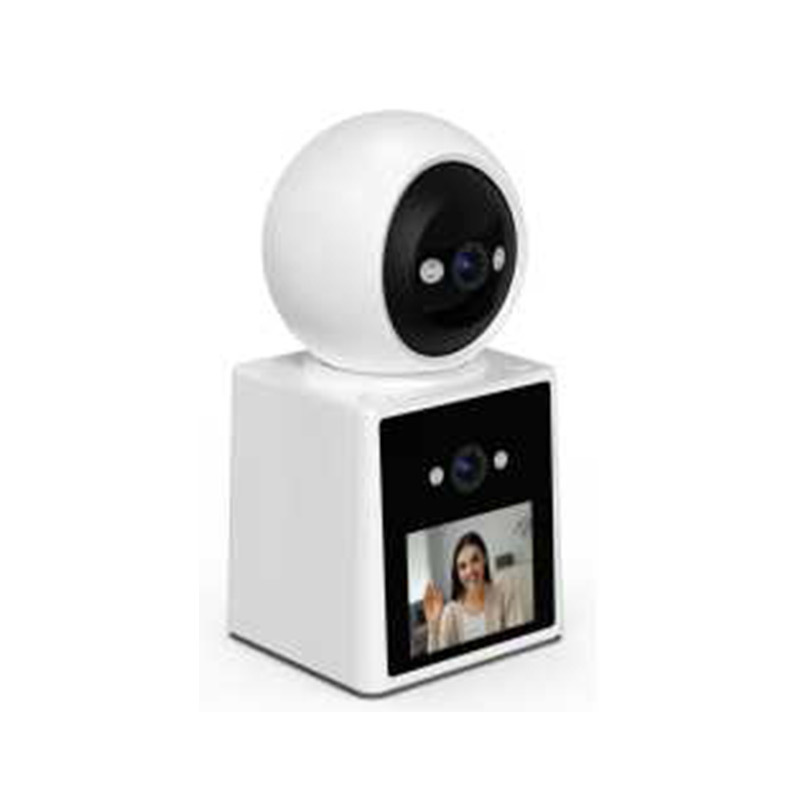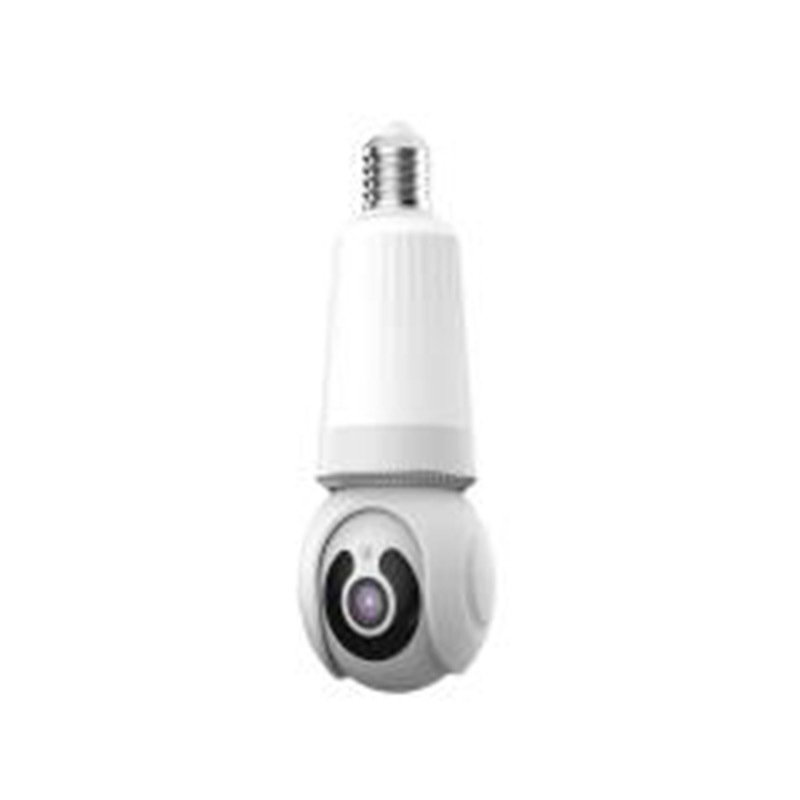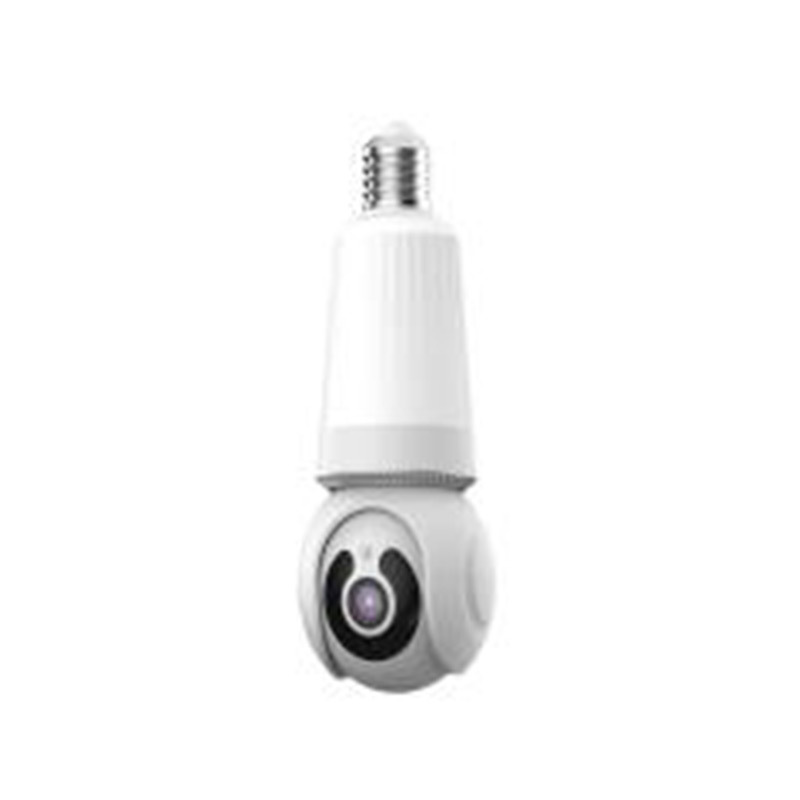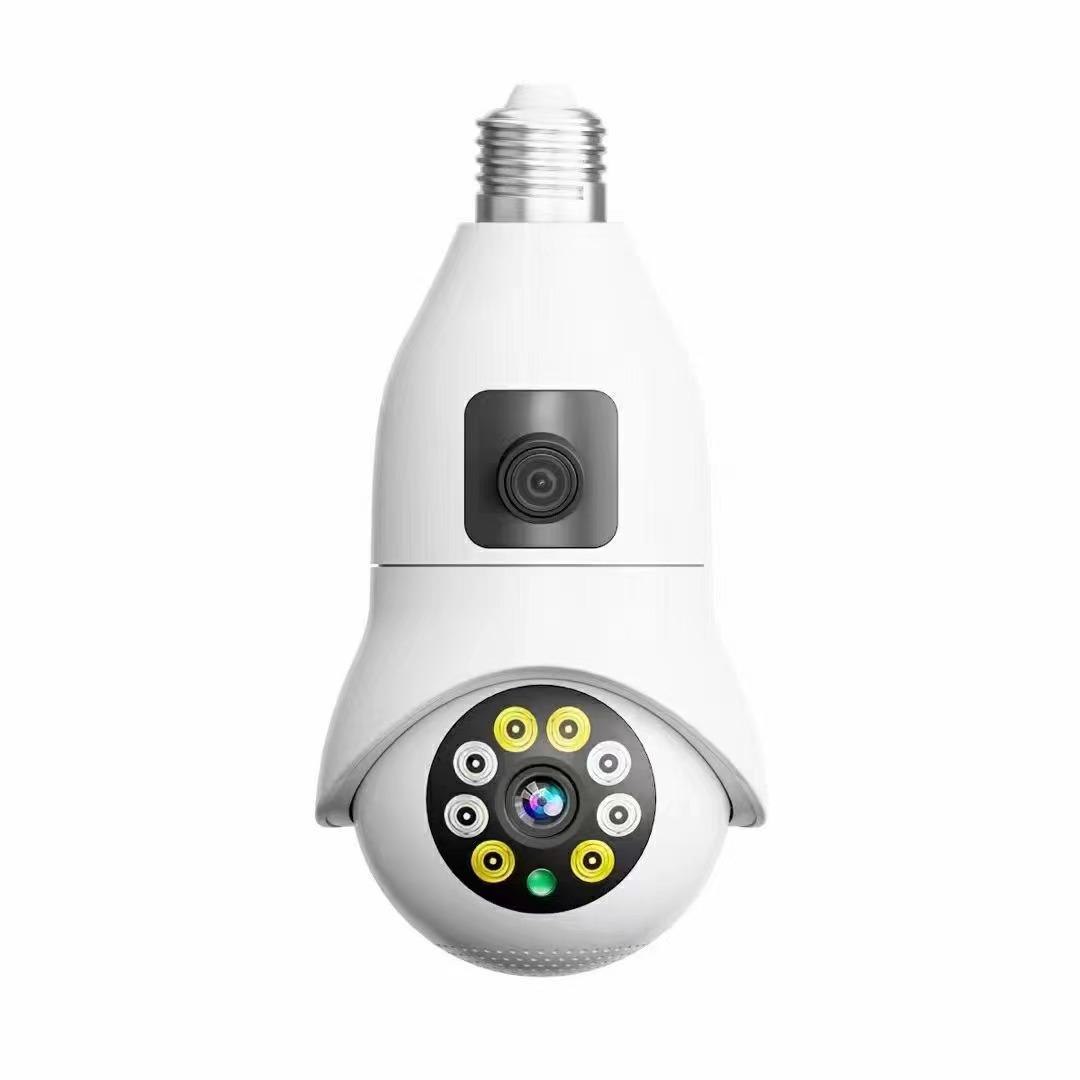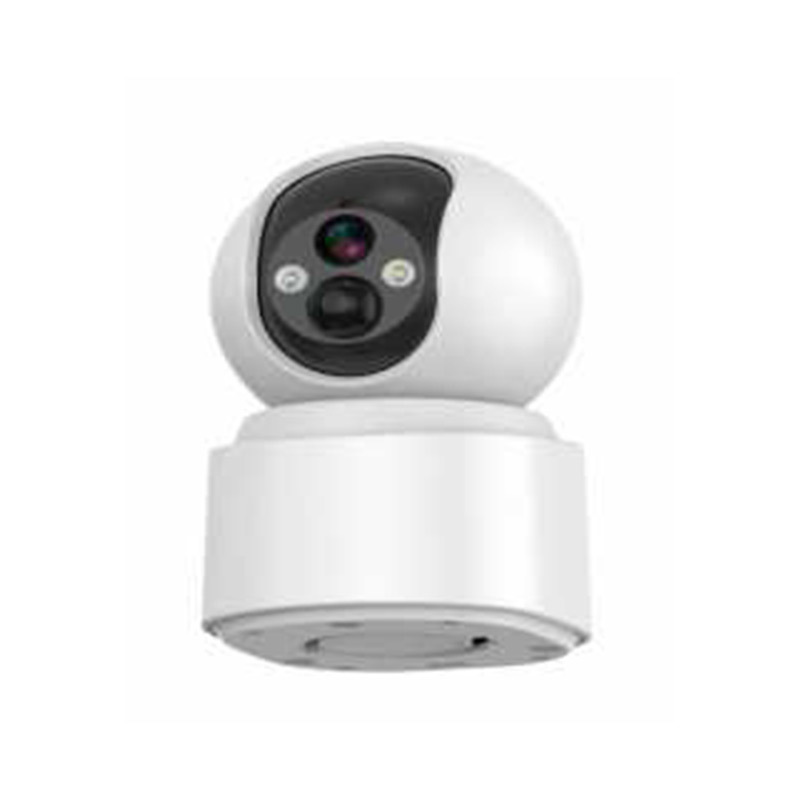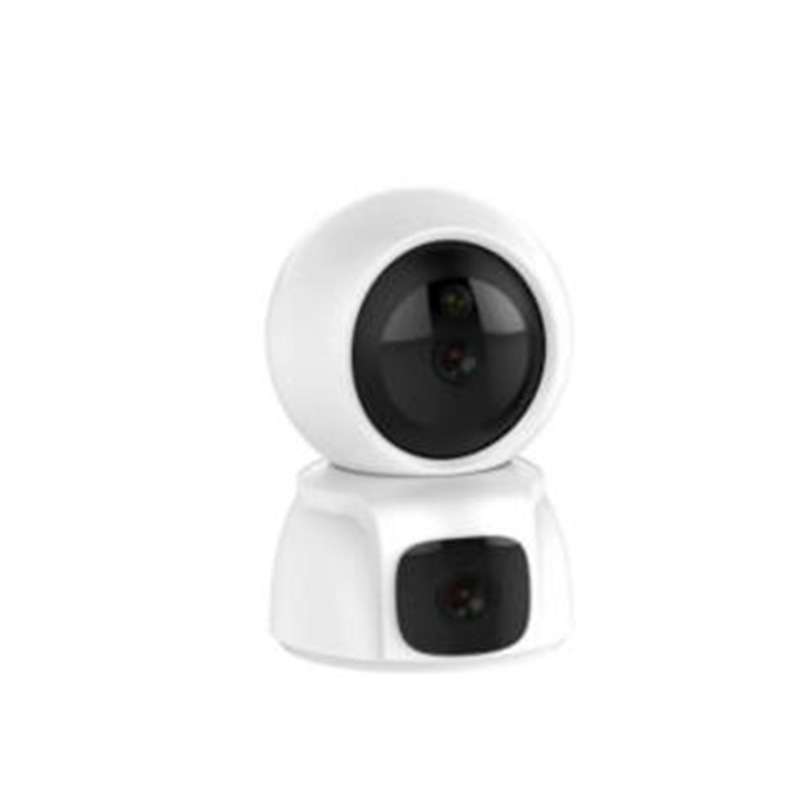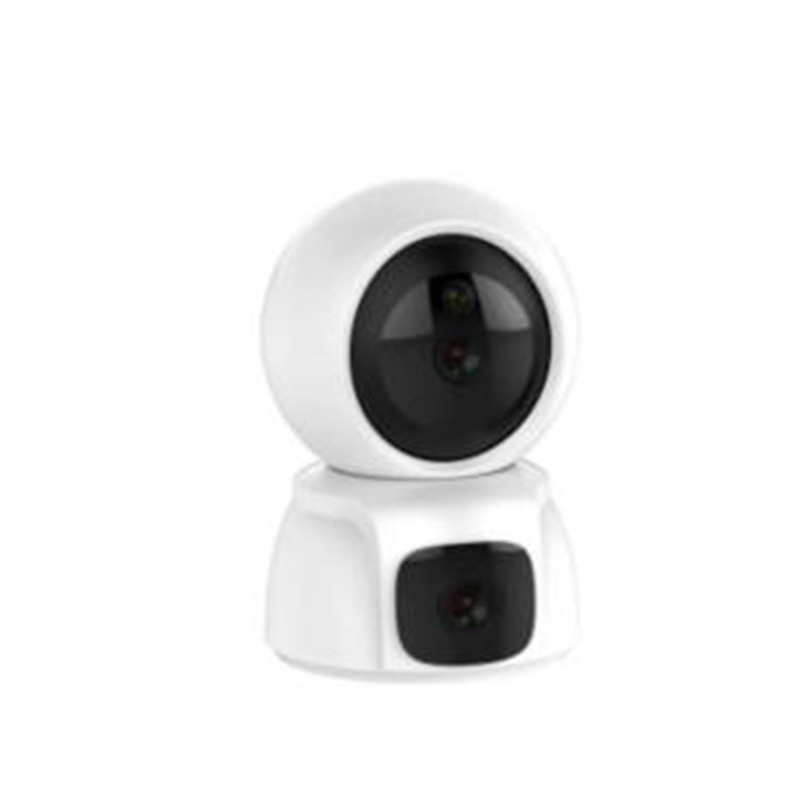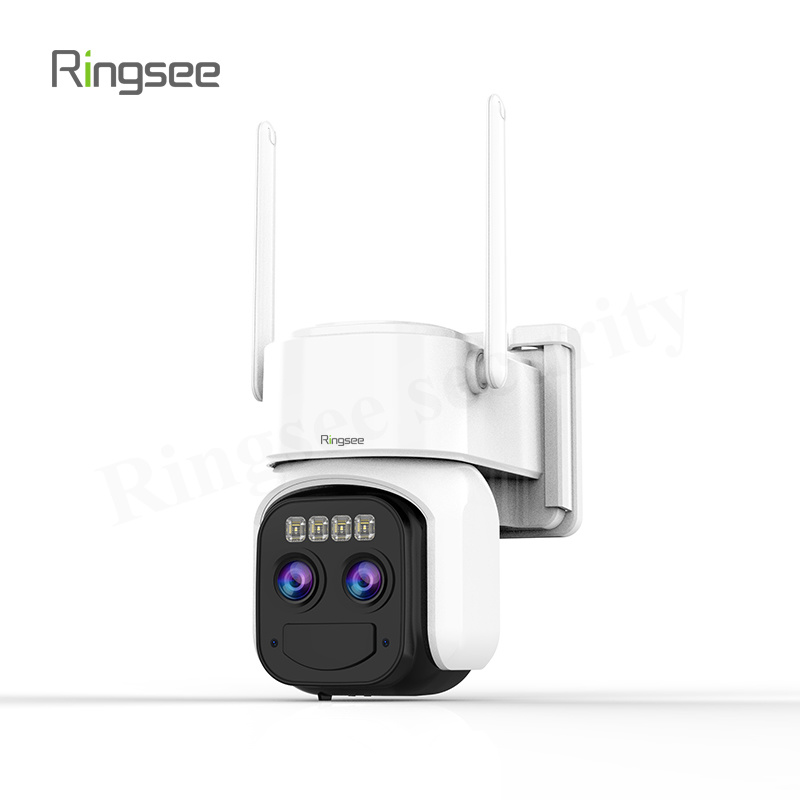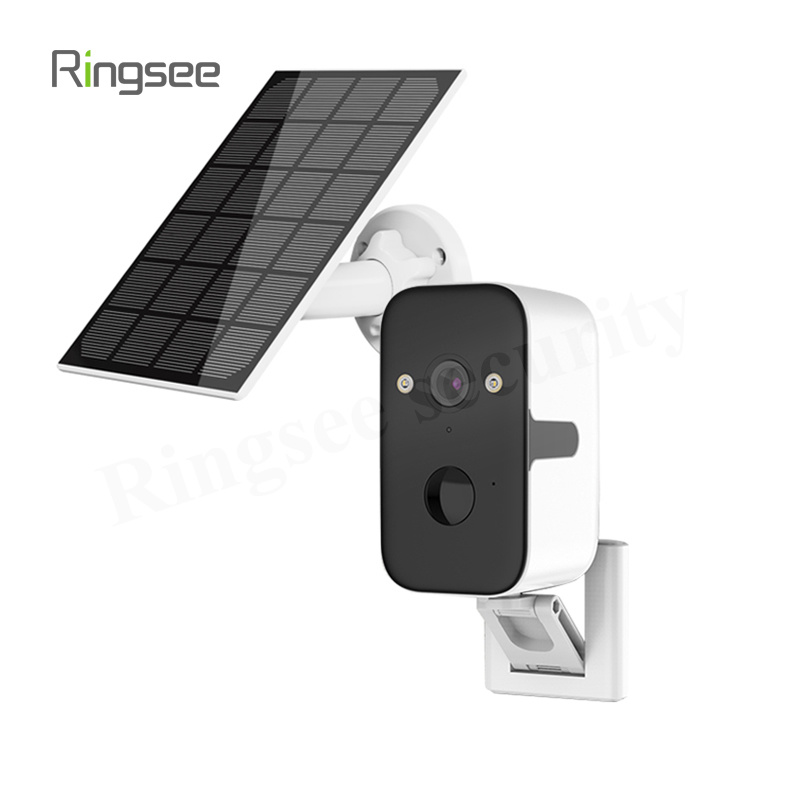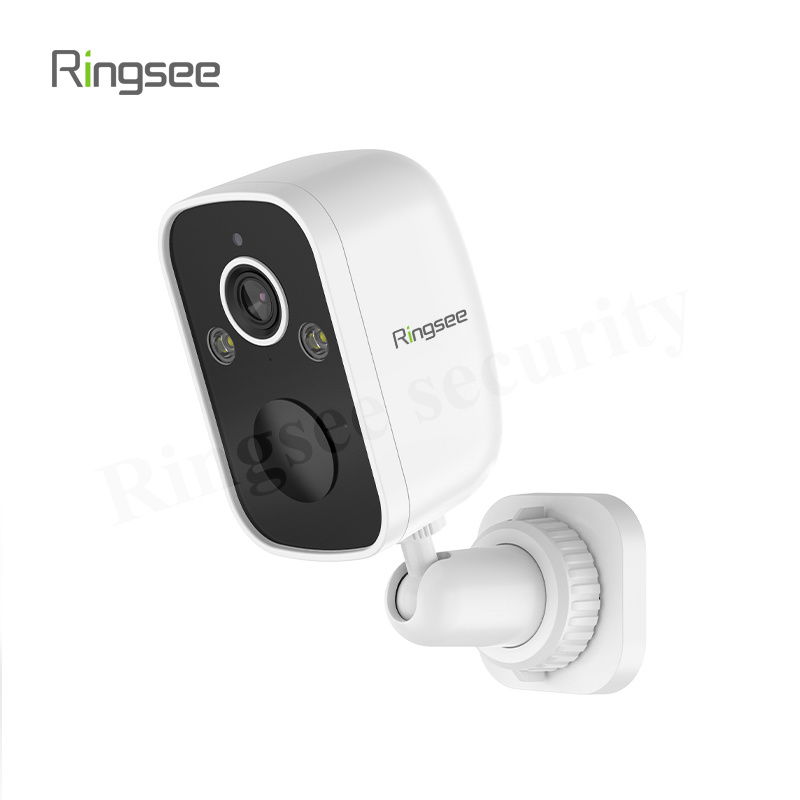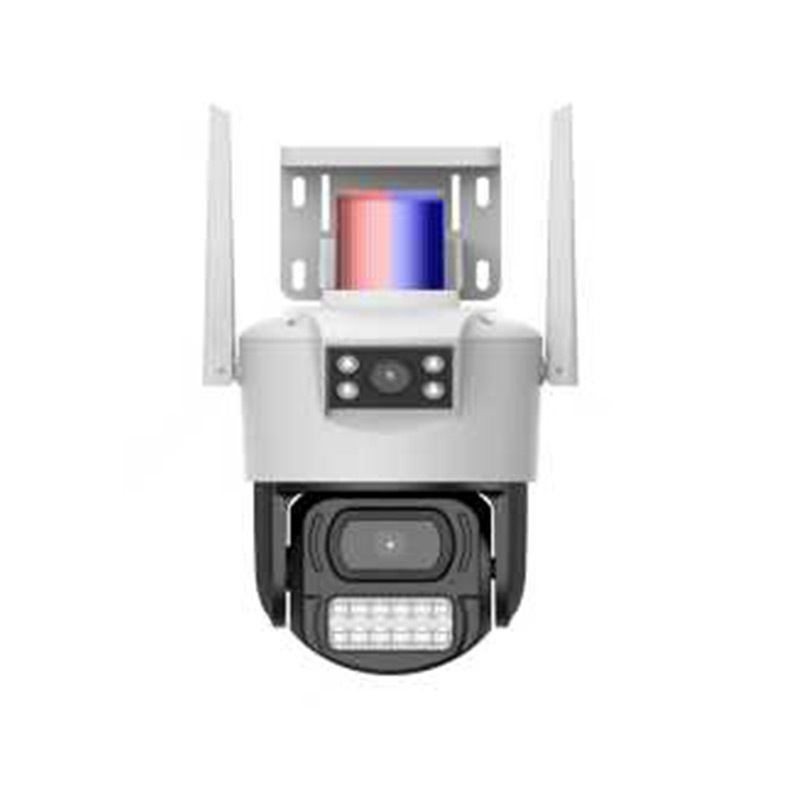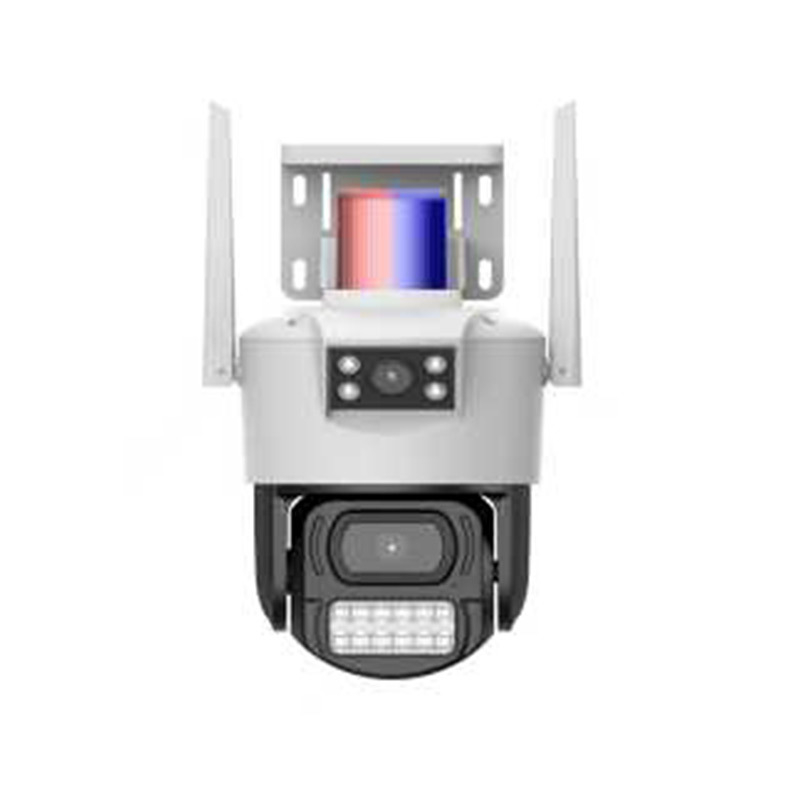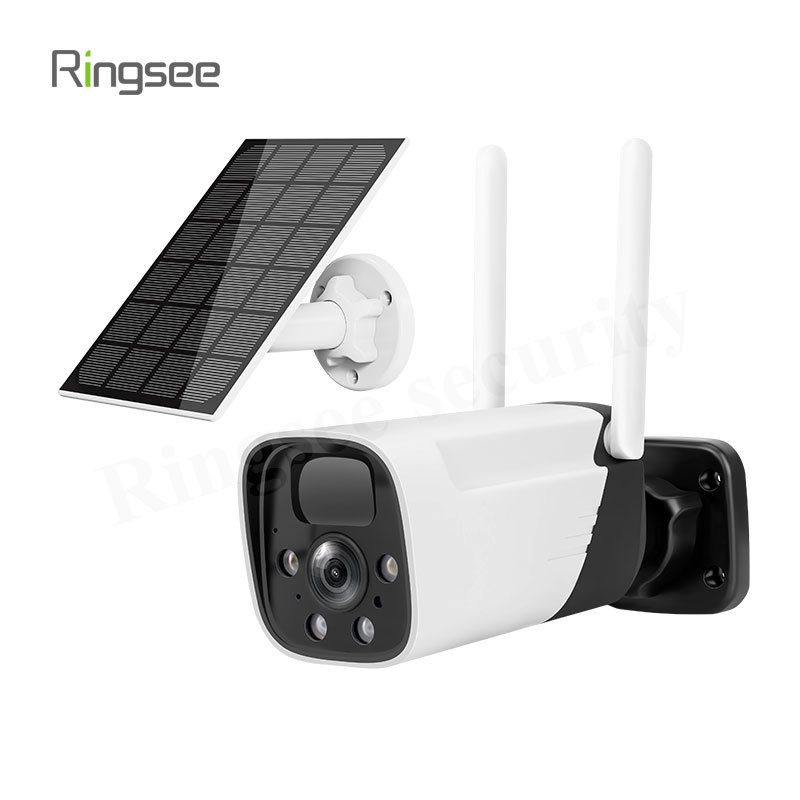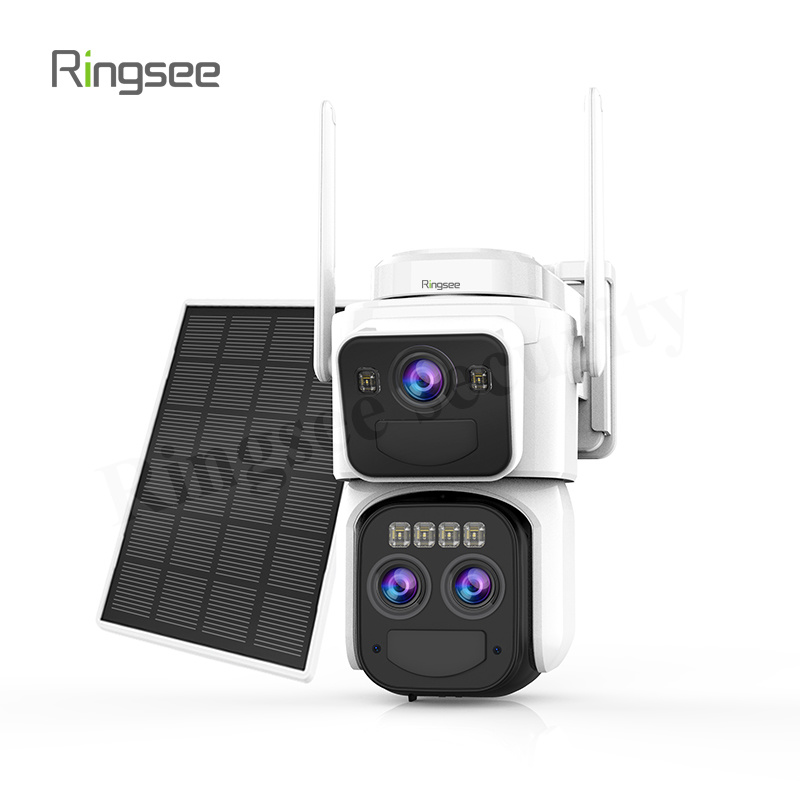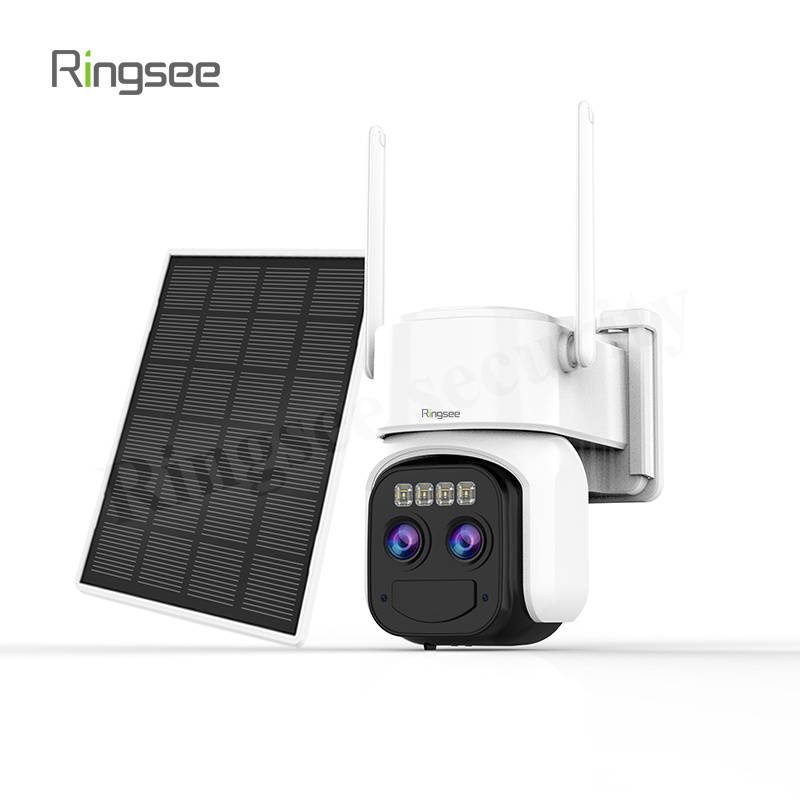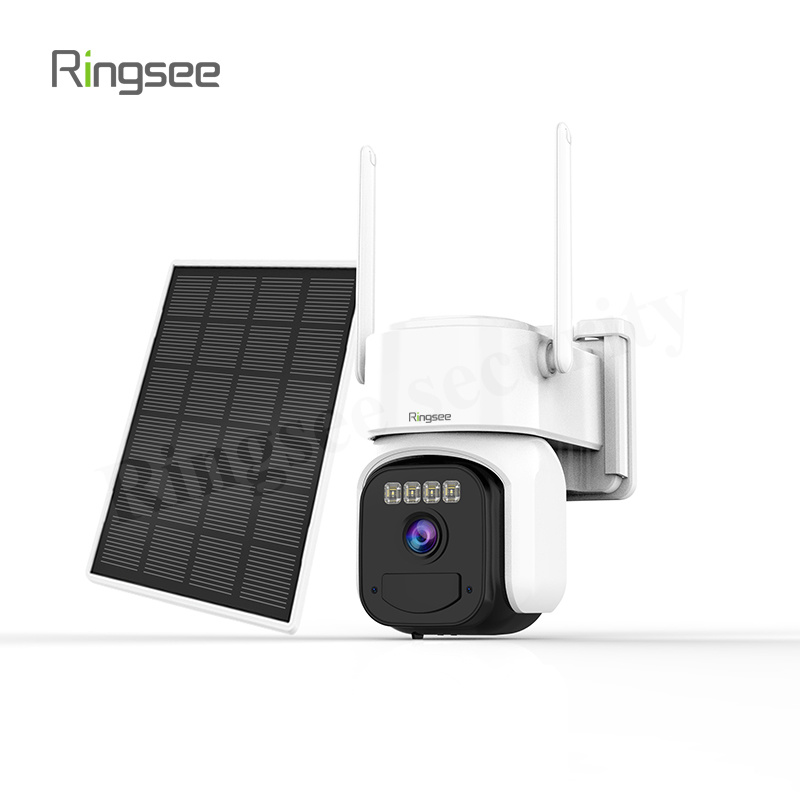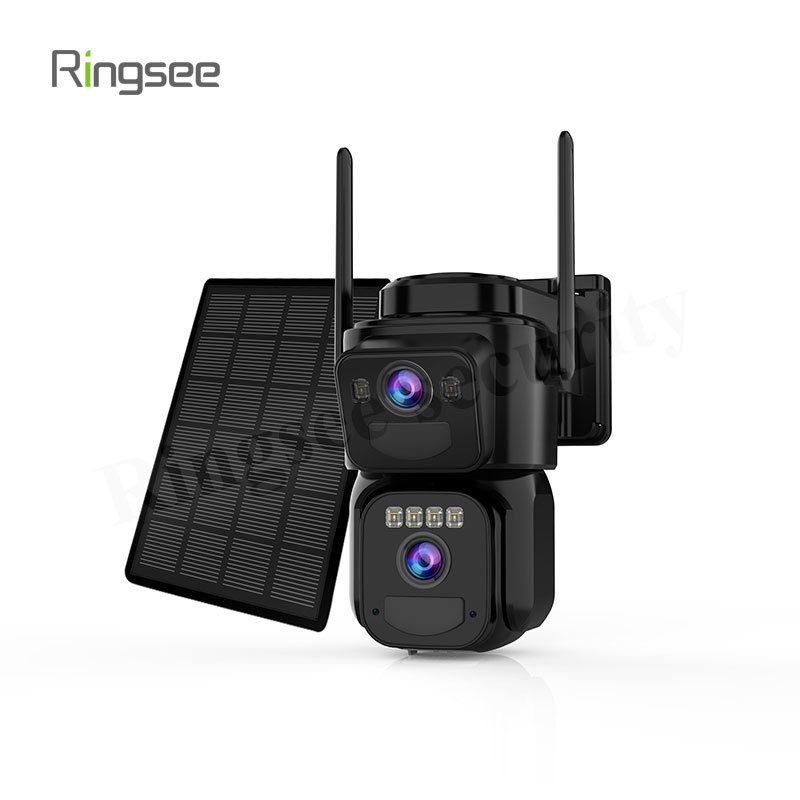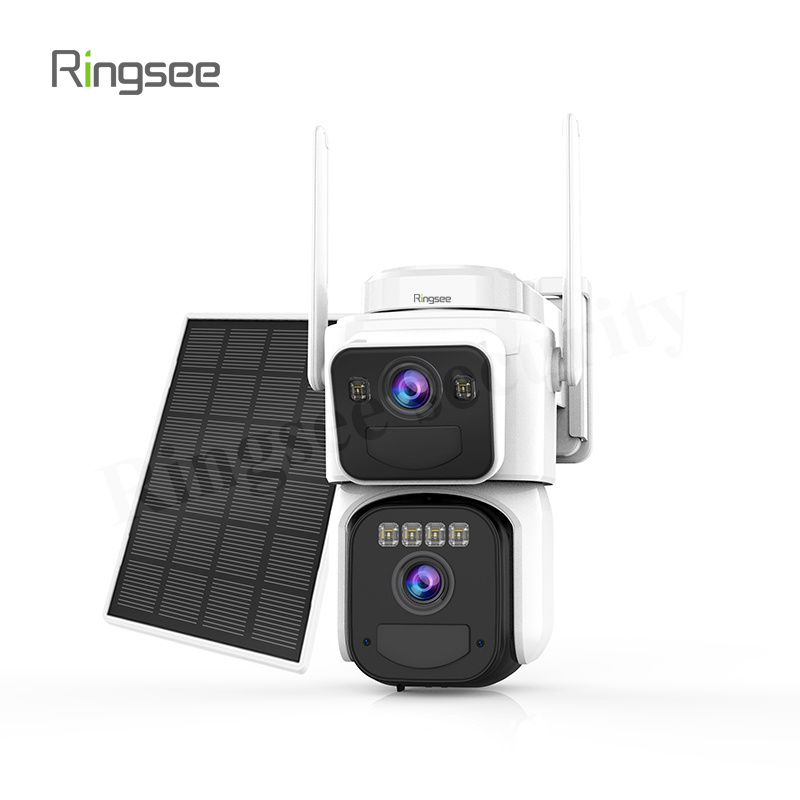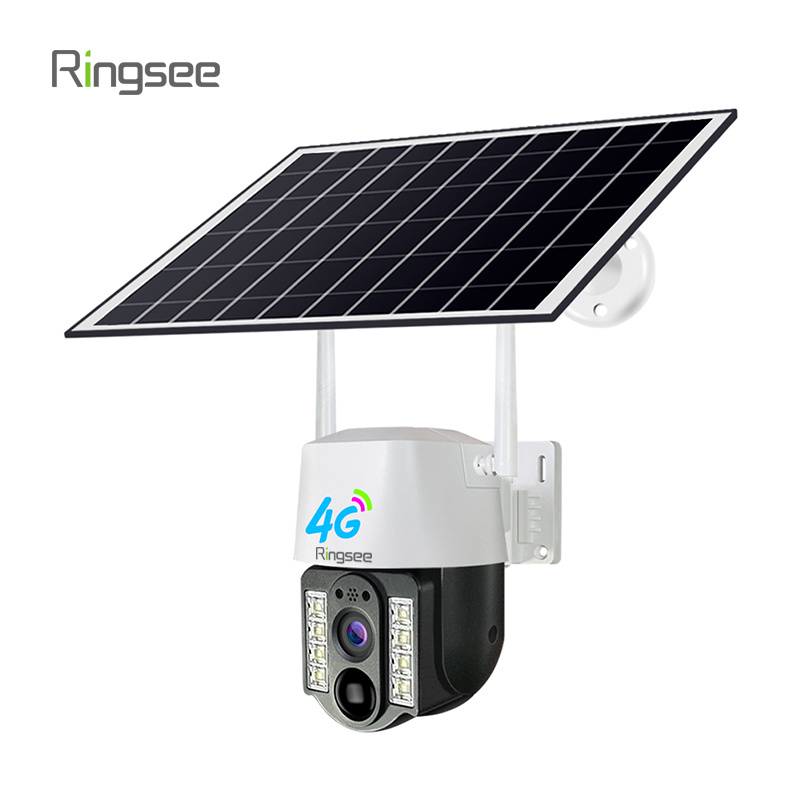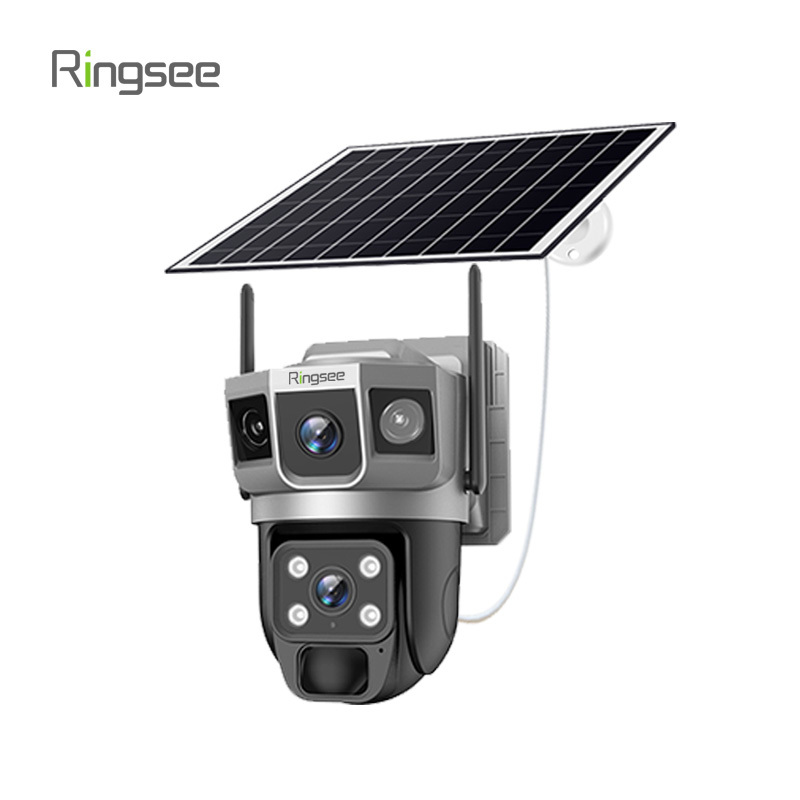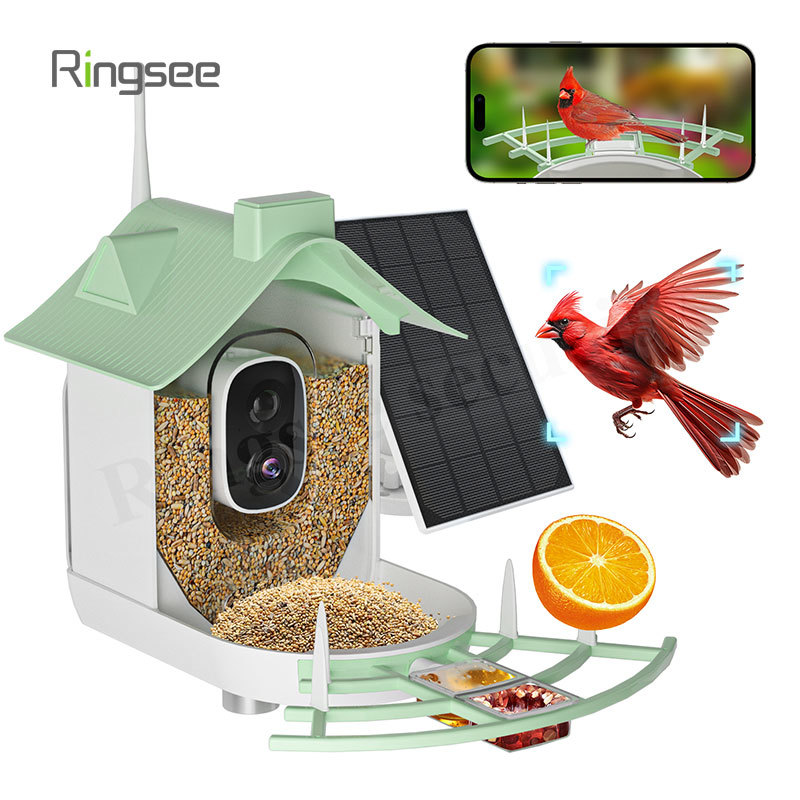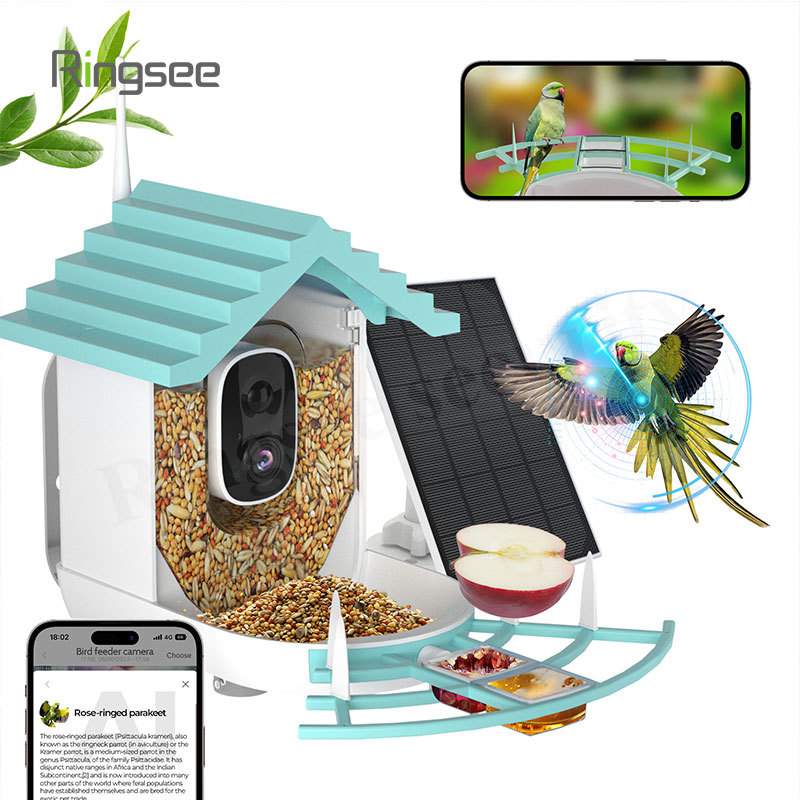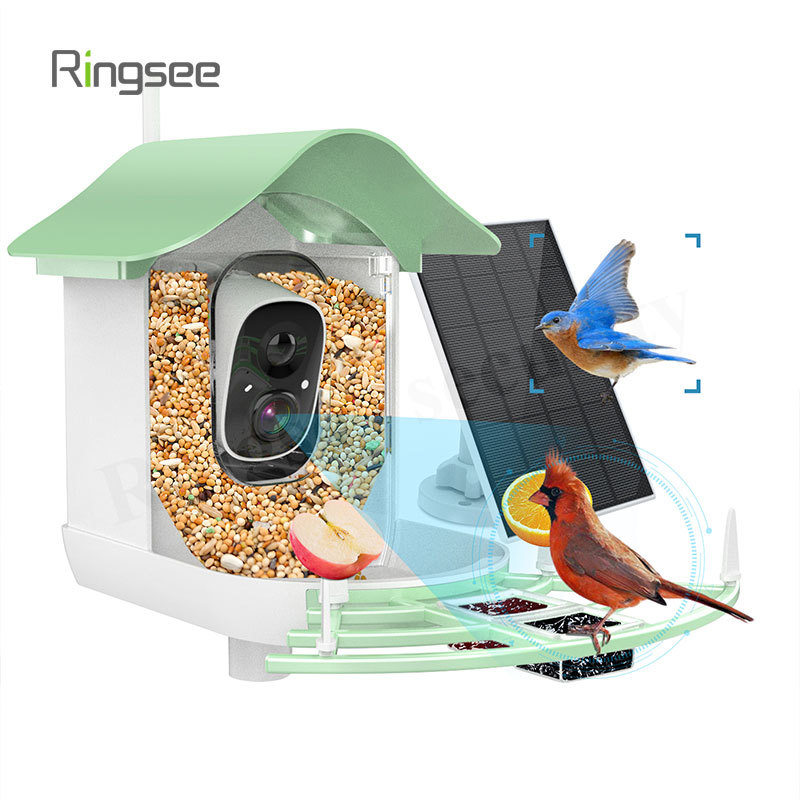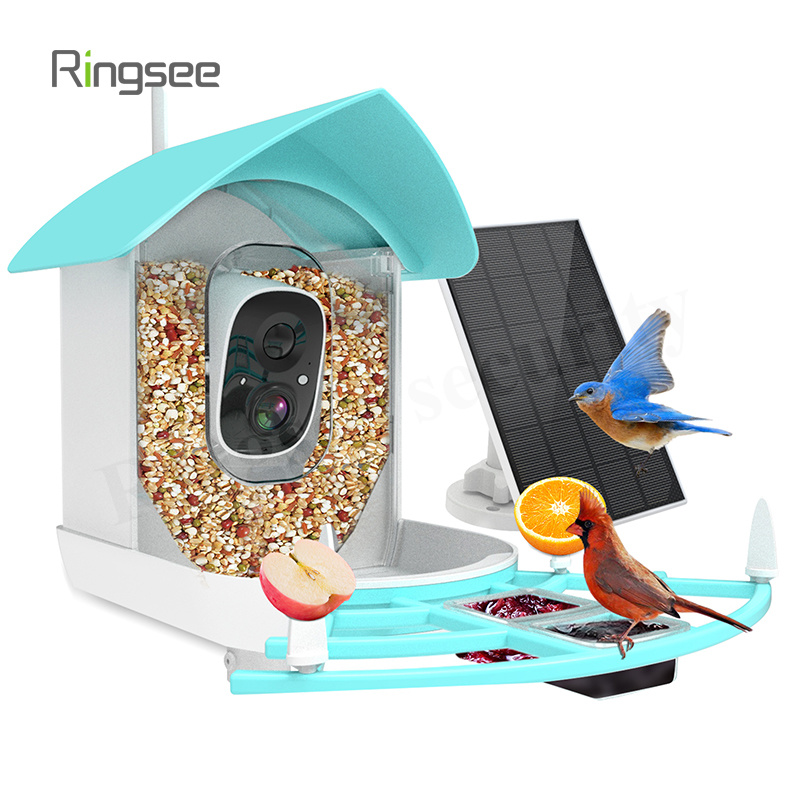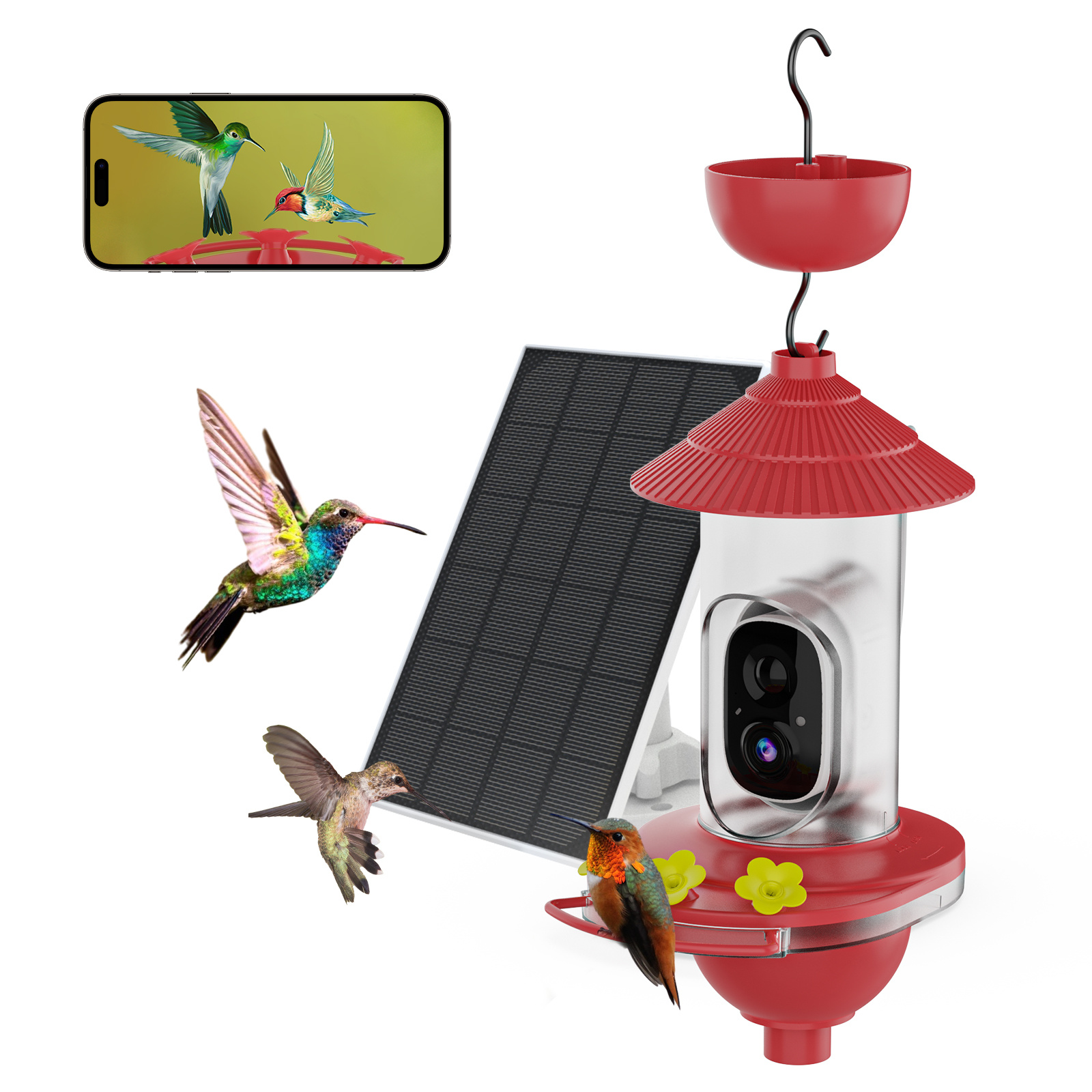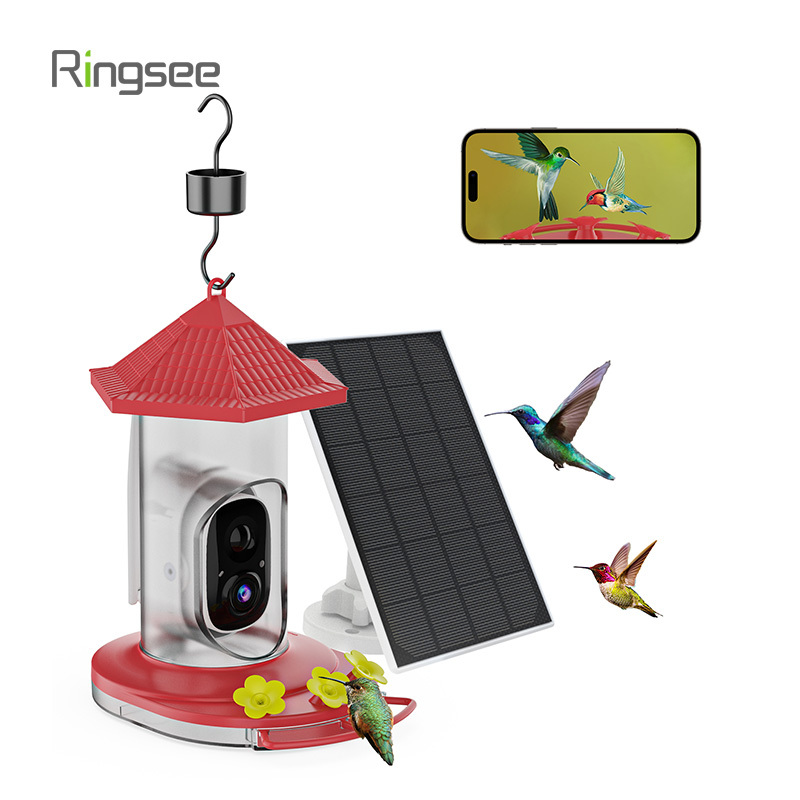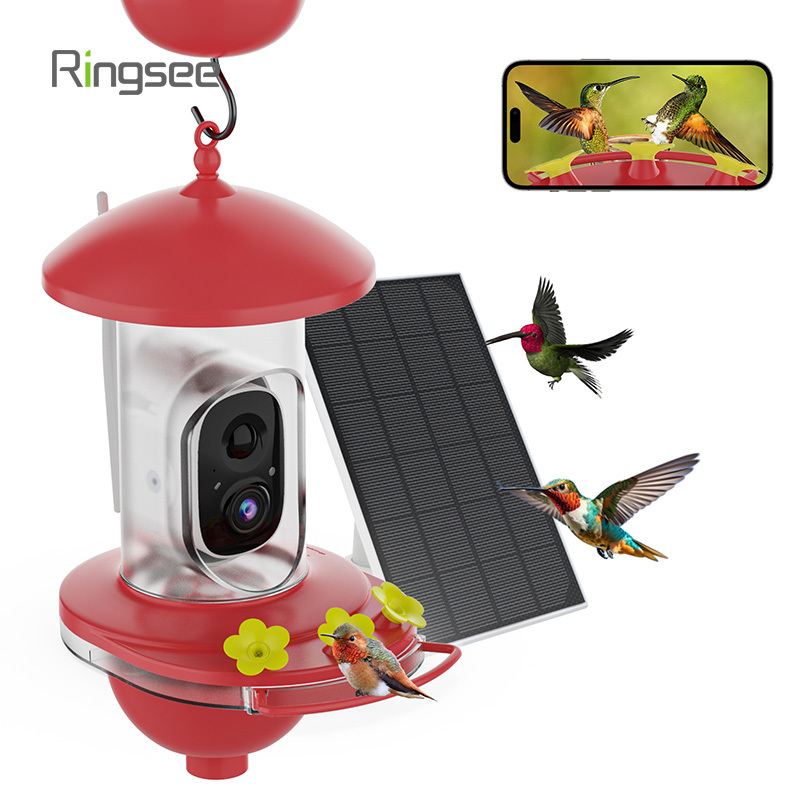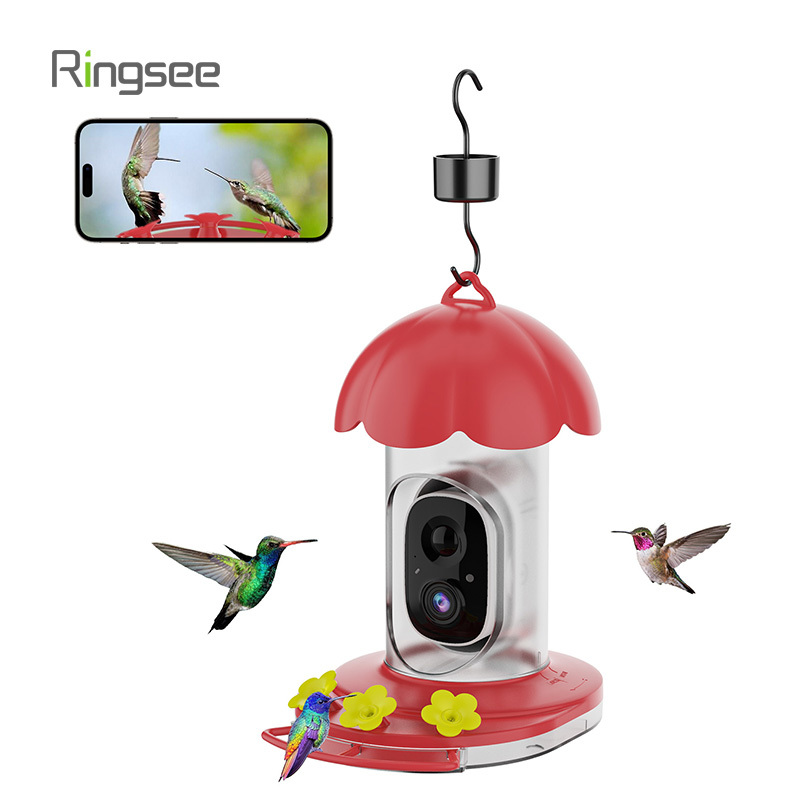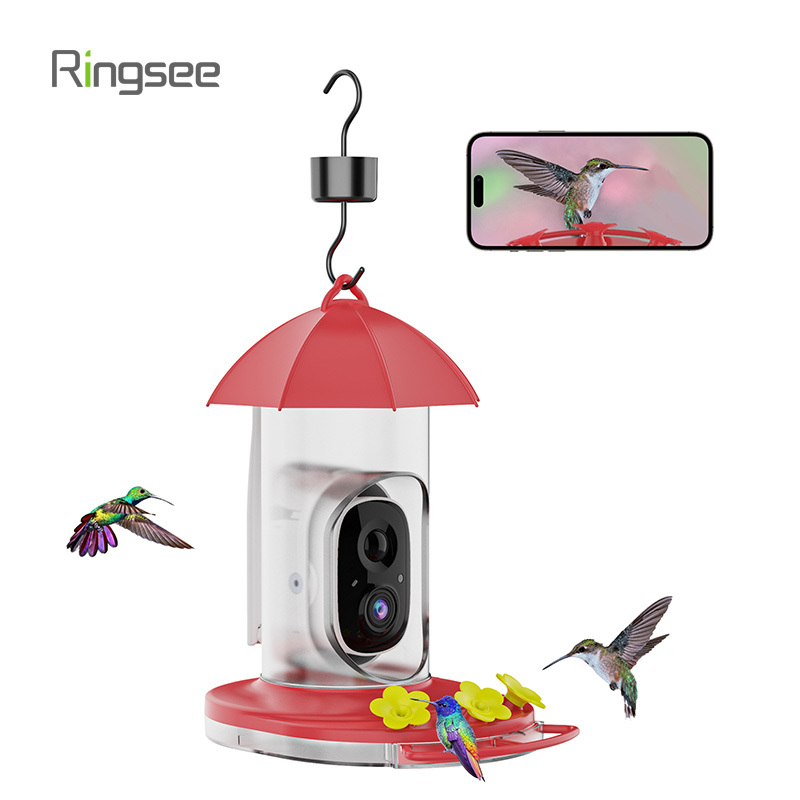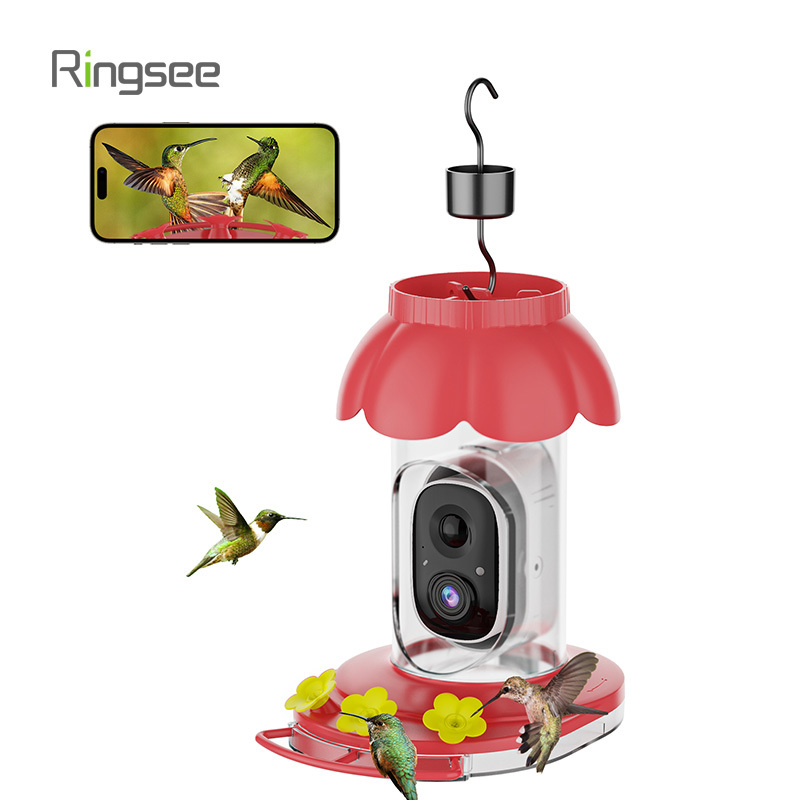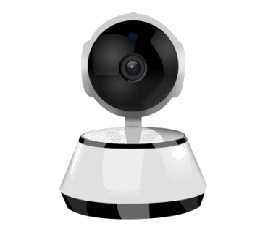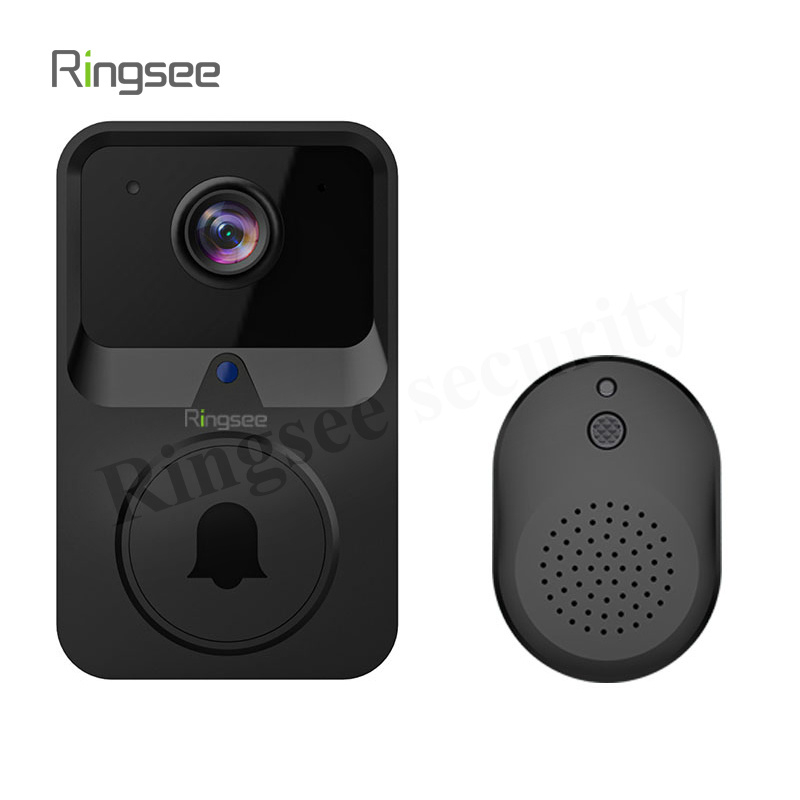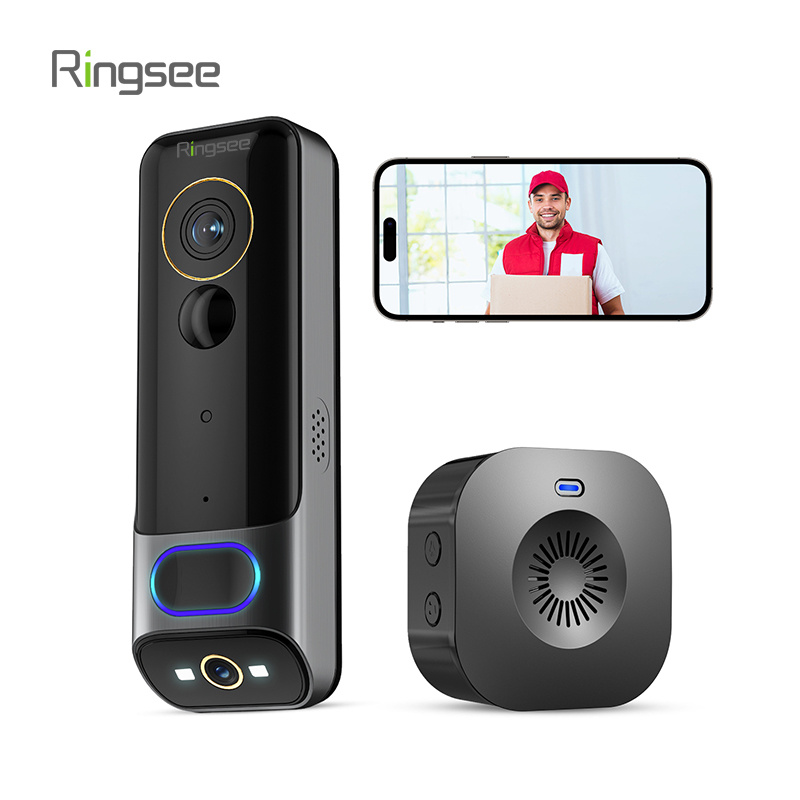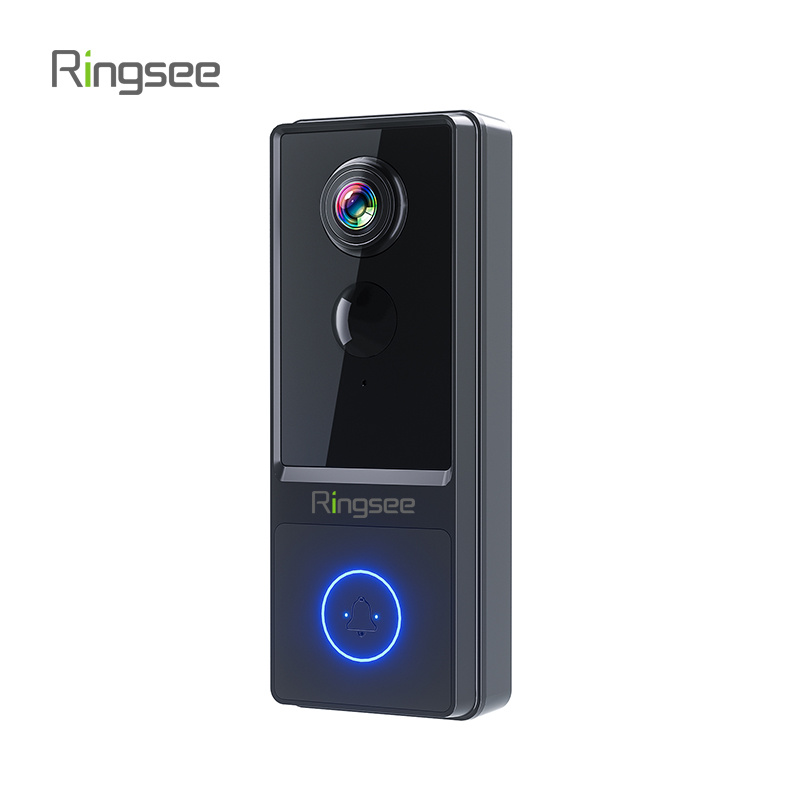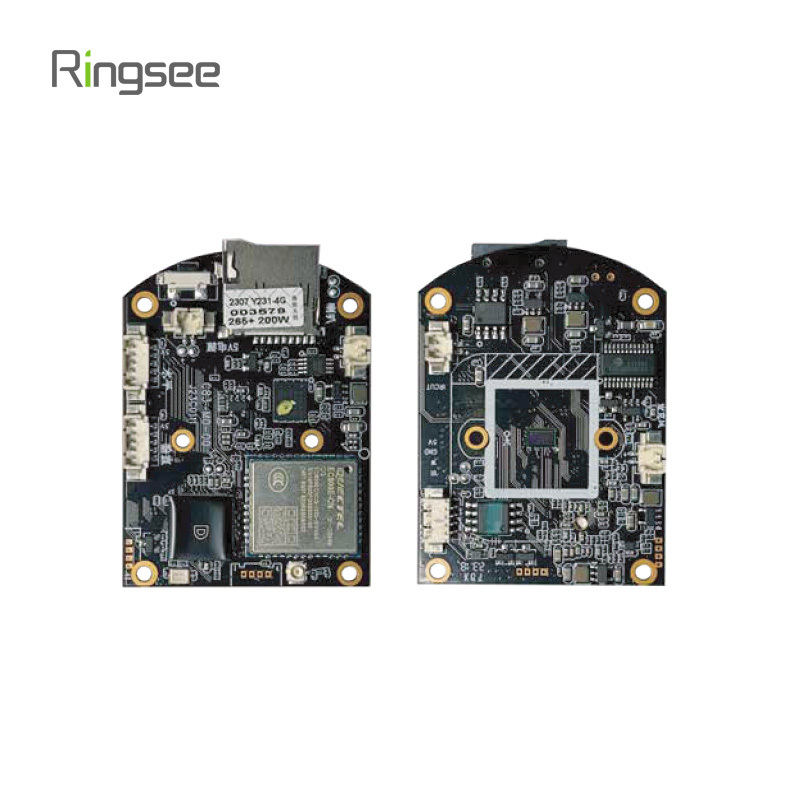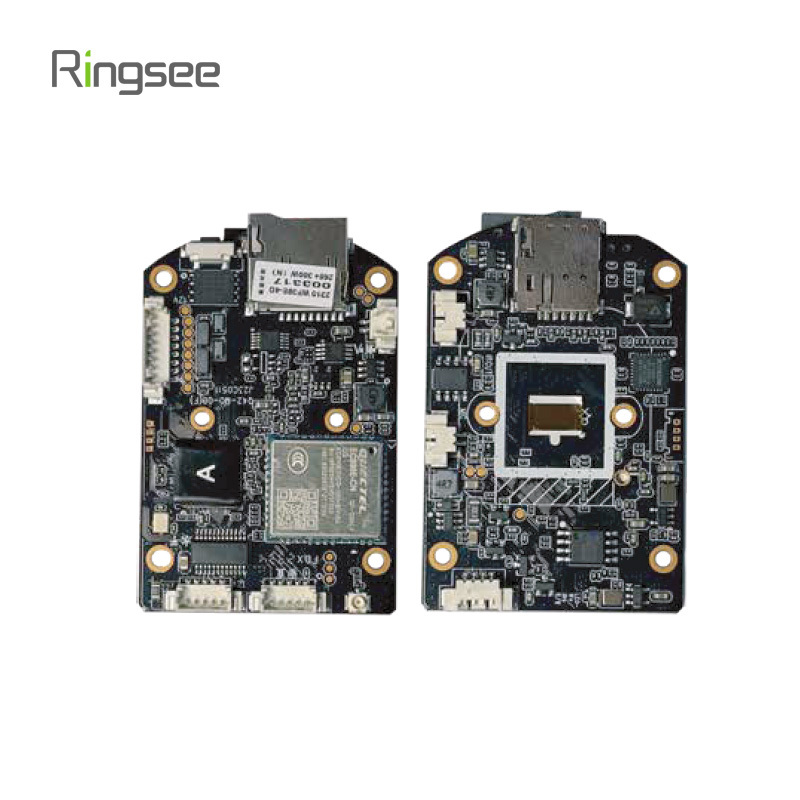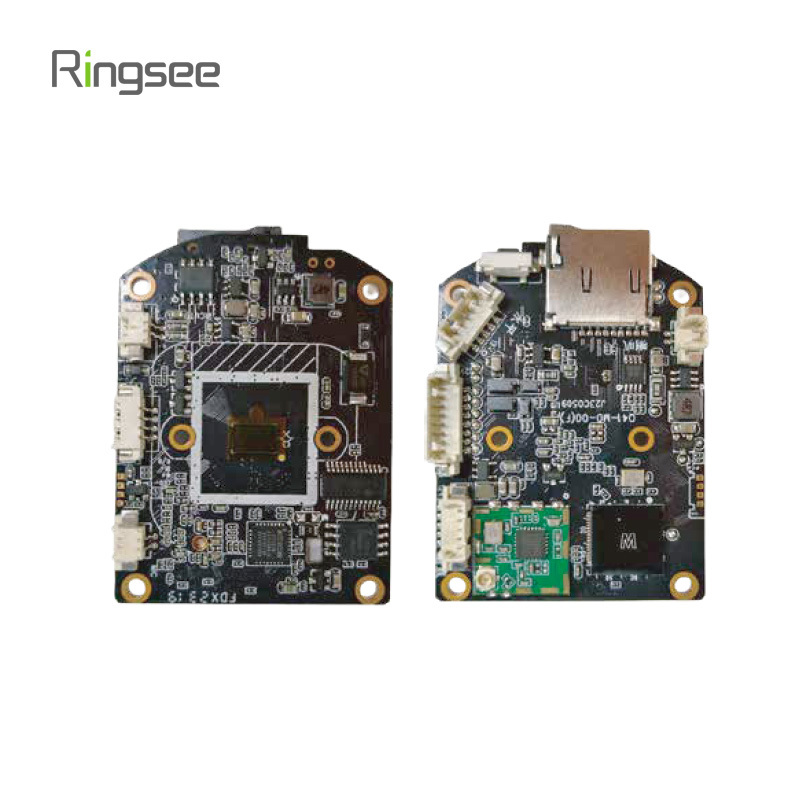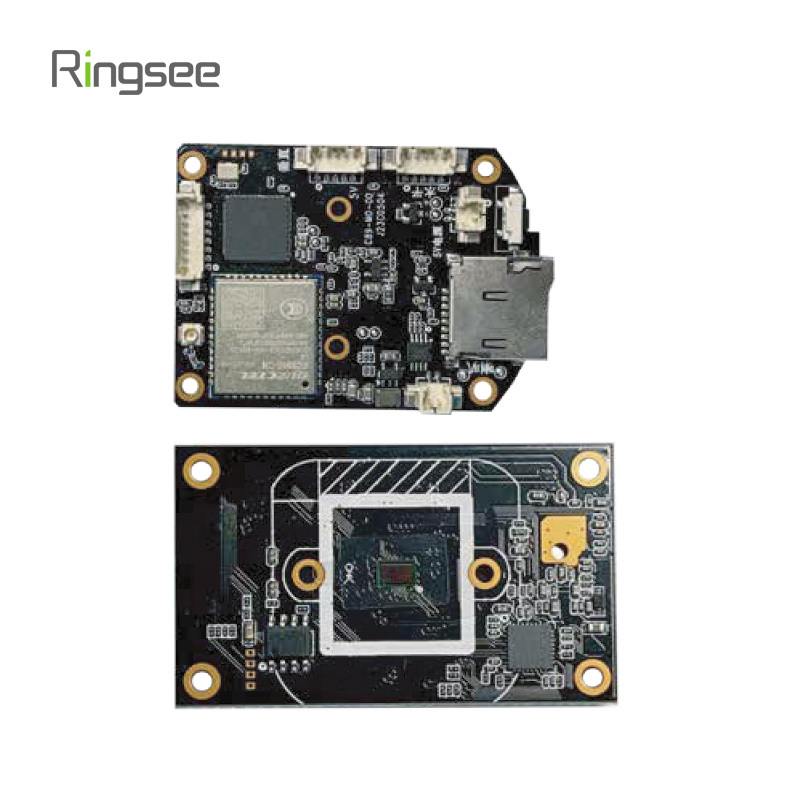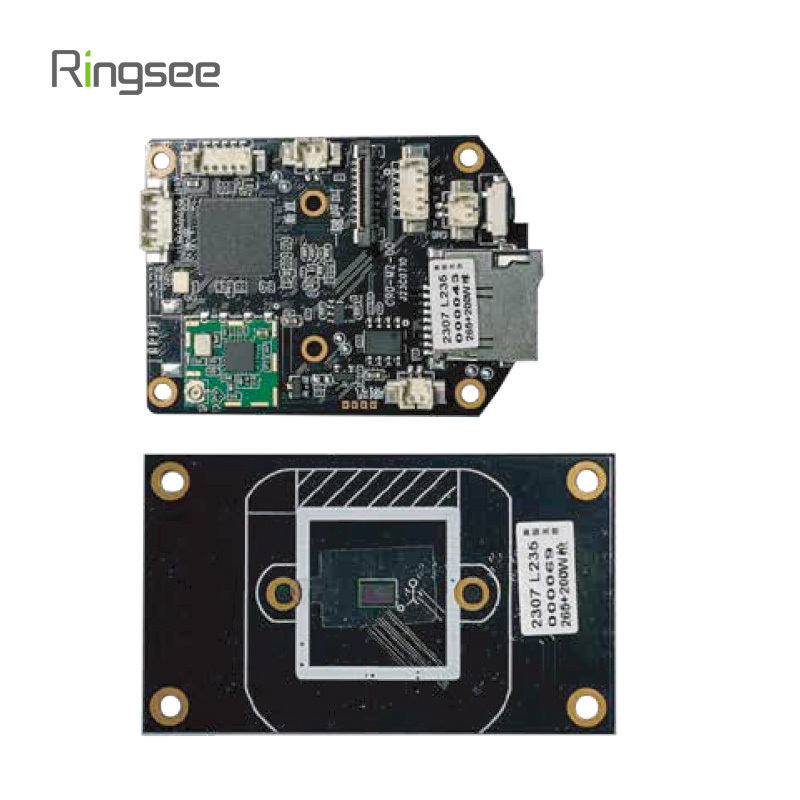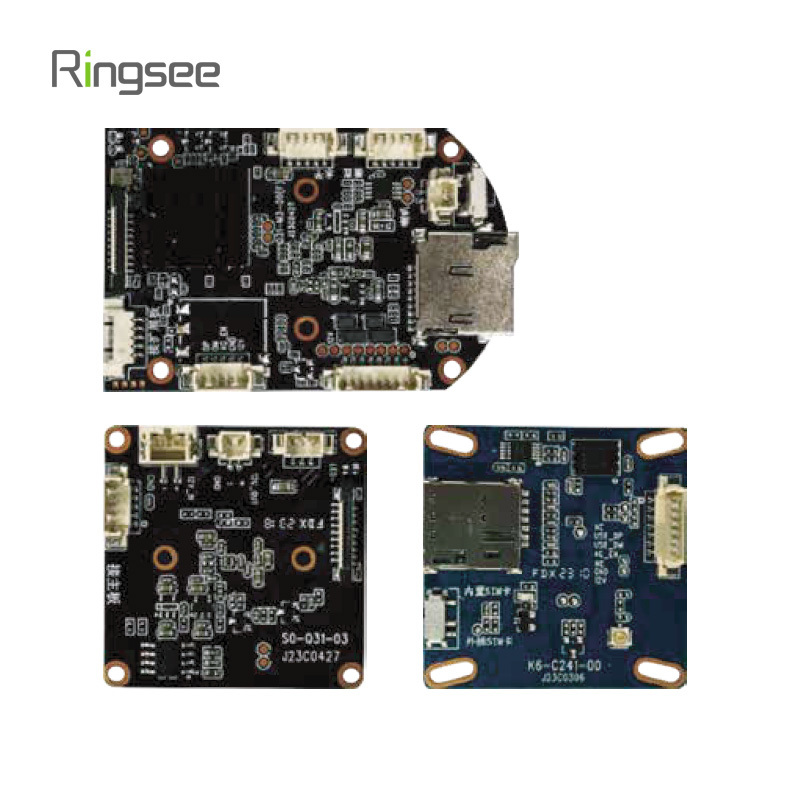How Lens Quality, Focal Length, and Image Processing Impact Security Camera Image Clarity
Publish:
2025-06-03 16:13
Source:
https://www.ring-see.com
When selecting a high-resolution security camera, there’s more to consider than just megapixels. True image clarity depends on several critical components, including lens quality, focal length, and the image signal processor (ISP). These elements play a major role in determining how clearly your outdoor or indoor surveillance camera captures every detail—day or night.

Lens Quality and Focal Length: The Foundation of Surveillance Precision
Why a High-Quality Lens Matters in Security Cameras
A high-definition surveillance camera must be paired with a lens that accurately focuses light onto the sensor. Even the best 4MP or 4K sensors will underperform if paired with low-quality optics. A premium lens minimizes distortion, chromatic aberration, and flare, ensuring every pixel is utilized to deliver crisp video quality. This is especially important in battery-powered or solar-powered security cameras where clear visuals are essential for smart alerts and AI recognition.
Long-tail keyword added: high-definition surveillance camera, battery-powered security cameras
How Focal Length Affects Field of View
The focal length of a surveillance lens determines how much of the scene your camera captures. A short focal length provides a wide-angle view, ideal for monitoring large outdoor areas like backyards, parking lots, or warehouse entrances. A longer focal length offers zoomed-in precision, which is perfect for identifying faces, license plates, or fine details in narrow monitoring zones.
Choosing the right focal length ensures optimal coverage and image sharpness depending on the application—whether it's a solar-powered outdoor camera or a multi-lens PTZ security camera.
Long-tail keyword added: wide-angle view surveillance camera, solar-powered outdoor camera, multi-lens PTZ security camera
Image Signal Processor and Compression: Behind-the-Scenes Technology That Matters
What the ISP Does in a Security Camera
The image signal processor (ISP) is a key element in determining how well the sensor data is converted into usable footage. A powerful ISP enables features like full-color night vision, smart motion detection, and HDR imaging. These are essential for modern AI-enabled systems such as wireless outdoor AI cameras and smart home video doorbells, where high image clarity and real-time response are critical.
Long-tail keyword added: full-color night vision camera, wireless outdoor AI camera, smart home video doorbell
Compression Formats: Balancing Storage and Quality
Security cameras often record 24/7, so video compression technology plays a major role in system performance. Formats like H.264 and H.265 (HEVC) compress video files to save storage space and reduce bandwidth. However, excessive compression can lead to a loss of pixel-level detail, affecting the ability to zoom in or analyze footage post-event.
Advanced models, such as AI-powered 4G solar surveillance cameras, use efficient compression while maintaining image integrity. This is particularly useful in remote installations with limited storage or network access.
Long-tail keyword added: AI-powered 4G solar surveillance camera, pixel-level detail security camera, HEVC compression CCTV
Final Thoughts: Matching Technology to Application
To get the most out of your surveillance camera system, every component must work harmoniously—from lens quality and focal length to the ISP and video compression format. Whether you're choosing a camera for home security, commercial surveillance, or remote property monitoring, understanding these core technologies will help ensure you capture clear, reliable footage in any scenario.
Prev:
Related News
Why 4G Solar Security Cameras Are the Best Choice for Remote Surveillance in 2025
In many places, setting up security cameras is straightforward—connect to WiFi, plug into power, and you’re good to go. But what if you’re on a farm, at a construction site, or managing property far from reliable infrastructure?
Jun 05,2025
How Lens Quality, Focal Length, and Image Processing Impact Security Camera Image Clarity
Discover how lens quality, focal length, and image processing influence the performance of outdoor security cameras. Learn how to choose the best surveillance system for sharper, high-resolution footage.
Jun 03,2025
Complete Guide to Security Camera Transmission Types: Wired, Wireless, and Beyond
When building or upgrading a modern surveillance system, one of the most critical technical decisions you’ll make involves choosing the right transmission type. This refers to how a security camera sends its video (and sometimes audio) signals to a recording device, monitoring station, or cloud platform.
May 30,2025
Digital Zoom vs. Optical Zoom in Security Cameras – Which One Should You Choose?
Learn the difference between digital zoom and optical zoom in security cameras. Find out which zoom type suits your surveillance needs and get expert advice from Ringsee.
May 29,2025
Why Sensor Quality Matters More Than Megapixels in Security Cameras: What You Really Need to Know
When choosing a security camera, most customers look at resolution first — 2MP, 5MP, even 4K. But here’s the truth: megapixels alone don’t guarantee better video quality. What actually determines how clear, detailed, and reliable your footage is — especially at night — is the sensor inside the camera.
May 27,2025
Add: 14th Floor, Baoshan Building, Longhua District, Shenzhen China.
Privacy Policy | SEO | CitySite | Support: 300.cn Dongguan
COOKIES
Our website uses cookies and similar technologies to personalize the advertising shown to you and to help you get the best experience on our website. For more information, see our Privacy & Cookie Policy
COOKIES
Our website uses cookies and similar technologies to personalize the advertising shown to you and to help you get the best experience on our website. For more information, see our Privacy & Cookie Policy
These cookies are necessary for basic functions such as payment. Standard cookies cannot be turned off and do not store any of your information.
These cookies collect information, such as how many people are using our site or which pages are popular, to help us improve the customer experience. Turning these cookies off will mean we can't collect information to improve your experience.
These cookies enable the website to provide enhanced functionality and personalization. They may be set by us or by third-party providers whose services we have added to our pages. If you do not allow these cookies, some or all of these services may not function properly.
These cookies help us understand what you are interested in so that we can show you relevant advertising on other websites. Turning these cookies off will mean we are unable to show you any personalized advertising.

